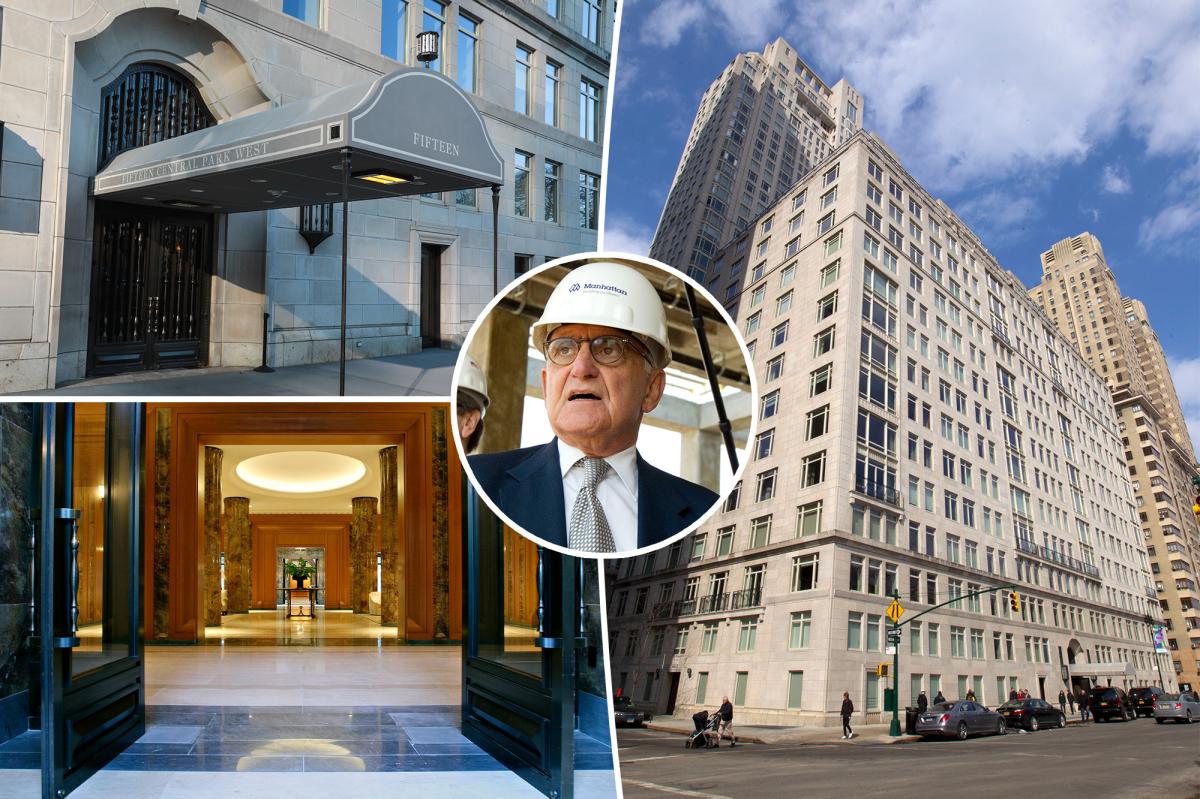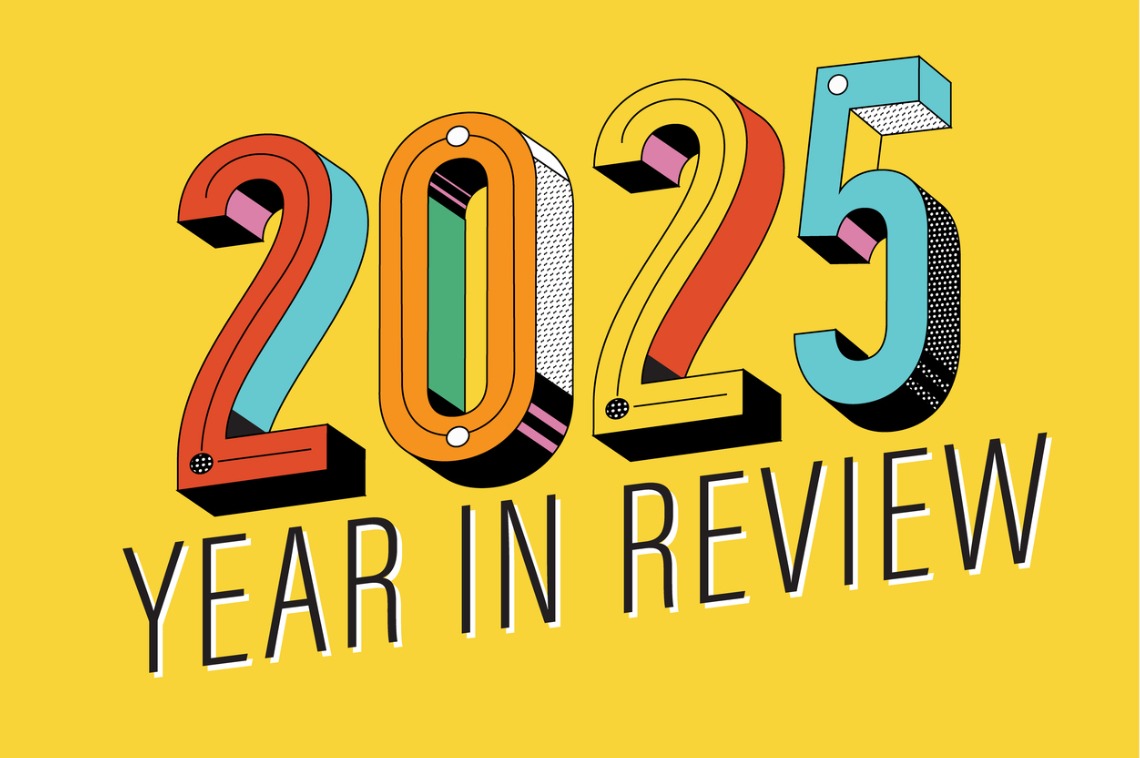T
en months into his second, non‑consecutive term, President Donald J. Trump has cemented his reputation as the most disruptive and all‑encompassing executive in American history, a claim echoed by CNN’s John King and echoed by many in the commercial real‑estate (CRE) community. The industry, already wrestling with tariffs, interest rates, immigration, and tax policy, now faces a new set of expectations and realities shaped by Trump’s agenda.
### Industry Voices
John Catsimatidis, a New York City developer and former Republican mayoral candidate, says Trump “is better than ever.” He notes that the former president’s experience in real‑estate gives him a clear grasp of how low rates spur growth. Adelaide Polsinelli, Compass’s vice chair, praises the speed of Trump’s actions: “In less than a year, he’s sent a strong signal of confidence to the markets.” Yet critics point to a darker side: aggressive immigration policy, perceived Justice Department abuses, widening inequality, attacks on academic and legal independence, and a disruptive global trade stance.
David Kramer of Hudson Inc. calls the second term “a million times worse” than the first, citing climate denial and canceled cancer grants. Chad Carpenter of Reven Capital admits that the promise of a $37 trillion debt reduction under a second Trump administration has not materialized; instead, spending is projected to rise by $2 trillion annually. Jeffrey Gural, a Democratic donor, observes that Trump now “understands how the system works” and has installed loyalists across Washington, though their legal resilience is uncertain. Don Peebles, founder of The Peebles Corporation, credits Trump’s urgency and experience for swift action in the early months.
Garett Bjorkman of Peg Companies describes the industry’s view as a mix of optimism and concern. While many welcomed a break from Biden’s challenges, uncertainty around immigration, tariffs, and policy consistency has kept foreign and domestic capital cautious. “Transparency and predictability are missing,” Bjorkman notes, and these gaps have kept capital on the sidelines.
### The “One Big Beautiful Bill” (BBB)
Trump’s signature legislation, passed in early July, has been a focal point for CRE. The bill reinstates 100 % bonus depreciation for assets acquired this year—a provision that had expired under Biden but was originally enacted in the 2017 Tax Cuts and Jobs Act. Bonus depreciation allows developers to deduct the full cost of renovations, improvements, and new assets in the first year, boosting cash flow and making projects more viable. Polsinelli calls it “probably the single most impactful change” in the BBB. Glen Kunofsky, founder of Surmont, emphasizes that the carve‑out has historically spurred commercial projects, from drug‑manufacturing plants to data centers, by reducing risk through rapid tax loss recovery.
The BBB also makes opportunity zones permanent, reshapes Section 8 affordable‑housing tax credits by channeling billions into state‑administered block grants, and imposes a two‑year limit on rental assistance. Trump proposes up to $27 billion in HUD cuts. Reven Capital’s Carpenter welcomes the tightening of Section 8, arguing that the program had become a “free‑for‑all” abuse. Gural, meanwhile, frames the bill as a win for wealthy real‑estate owners, noting that Trump’s own family is deeply involved in the sector.
### Tariffs and Trade
Trump’s unilateral tariffs, announced on April 2 (dubbed “Liberation Day”), shocked markets. The S&P 500 and Dow Jones fell trillions in value in the first three weeks of April, while Treasury yields spiked near 5 %. Meridian Capital’s David Schechtman describes the tariffs as a “big disappointment” that chilled trade volume. Gural laments the impact on tourism and industrial leasing, citing a lost Turkish auto‑parts tenant in New burgh, NY. Catsimatidis dismisses the tariffs as theatrical, while Peebles believes their economic effect is negligible, arguing for a free‑trade system that balances fairness. Bjorkman notes that construction costs rose 5 % since April, but also sees potential long‑term benefits from reshoring and increased manufacturing in coastal and Sun Belt states. He warns that Trump’s immigration policies—characterized by aggressive enforcement—could exacerbate labor shortages, driving up wages and project costs.
### Federal Reserve Pressure
Trump’s unprecedented use of executive power to influence the Federal Reserve has drawn sharp criticism. He has publicly demanded short‑term rate cuts from Chairman Jerome Powell, threatened to fire Powell, and sought to remove Governor Lisa Cook amid a Justice Department investigation. Schechtman warns that attempts to terminate Fed governors alarm markets, even if rate cuts are desired. Bjorkman argues that unpredictable Fed policy hampers long‑term real‑estate investment decisions. In contrast, many CRE stakeholders view Trump’s pressure on the Fed as a net positive compared to Biden’s hands‑off approach. Greg Kraut of KPG Funds claims that Trump’s actions have mitigated the severe rate hikes that plagued the market during the Biden era. Polsinelli notes that the unprecedented rise in rates had a “horrific impact” on CRE, and that Trump’s intervention has helped stabilize the environment.
### Outlook
Commercial real‑estate leaders recognize that Trump’s influence will persist for at least the next three years, bringing both chaos and economic activity reminiscent of his first term. Jim Dillavou of Paragon Commercial Group in Los Angeles compares Trump’s political style to a New York developer: bold, negotiable, but not necessarily a threat to business continuity. Peebles reflects that, in just nine months, Trump has moved things forward with the efficiency of a seasoned executive, making it feel as if he had been in office for six years.
The overarching narrative remains that Trump’s second term has reshaped the presidency’s role and its impact on American society, with significant implications for the commercial‑real‑estate sector. Whether the long‑term effects will be beneficial or detrimental is still uncertain, but the industry’s engagement with policy—from the BBB’s bonus depreciation to tariff shocks and Fed pressure—continues to shape its trajectory.













